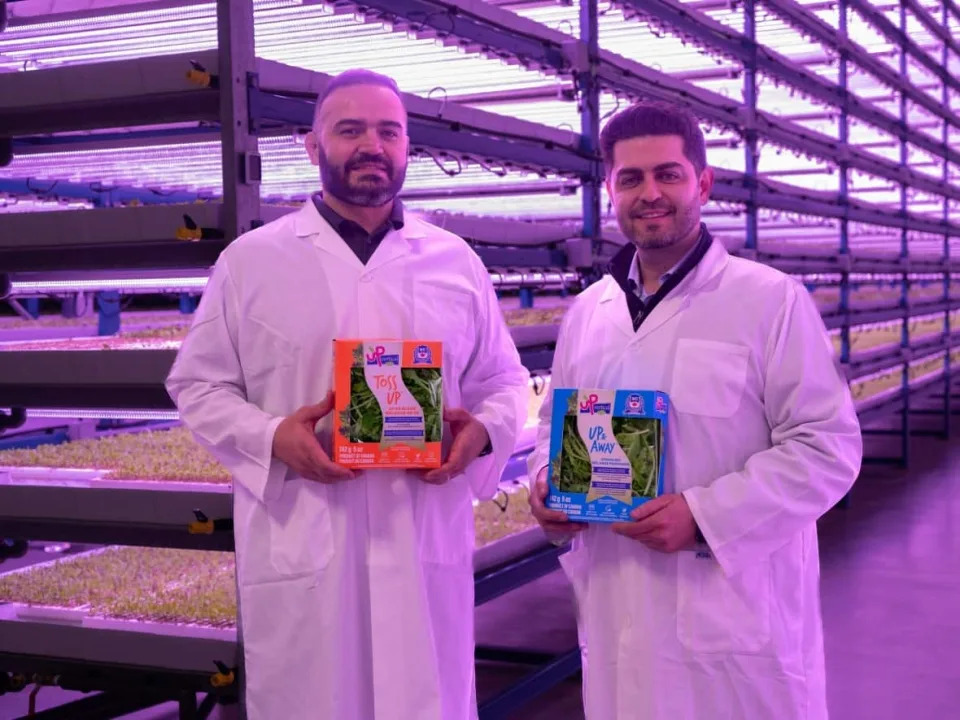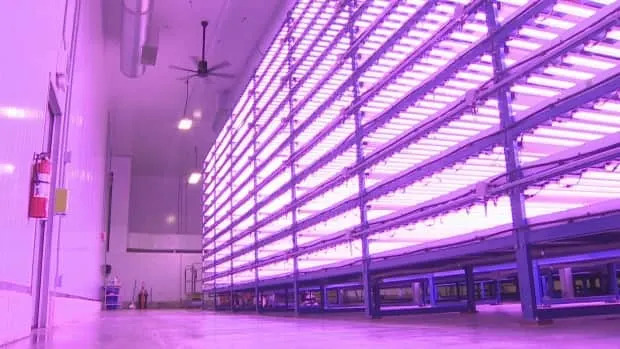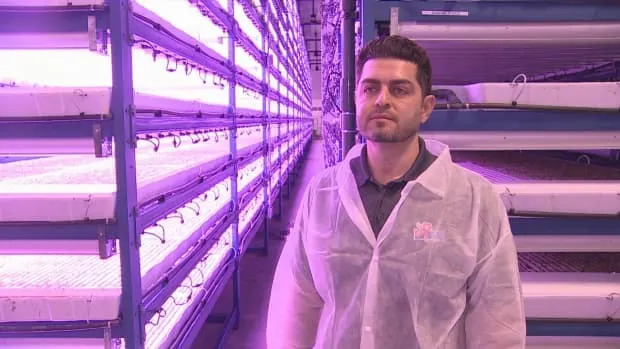CBC
Tue, April 4, 2023

Ottawa residents send a message to protesters during a counter-blockade in February 2022 that became known as 'the Battle of Billings Bridge.'
The Ottawa People's Commission says the city can't move on from last winter's convoy protests until all levels of government take steps to regain residents' trust.
That conclusion is contained in the second part of the commission's report, which synthesizes the testimony of more than 200 local residents and businesses.
The grassroots commission, which is separate from federal and city reviews of what happened in Ottawa in January and February 2022, said it wanted to hear from community members about the impact of last winter's anti-COVID-19-mandate-protest-turned-occupation.
The commission's initial findings, released earlier this year, focused on the experience of residents and found the majority felt abandoned amid what they characterized as a violent protest that brought widespread human rights abuses to people in the city's downtown.
The second report, released Tuesday, looks at how the city, the province and the federal government can offer redress.
"While there are those who suggest the community should 'move on' and 'get over it,' [the commission] believes it is essential and urgent that the City of Ottawa and other governments provide a substantive — indeed transformative — response," the report reads.
The commission is offering 25 recommendations and a timeline for completion, but there's no obligation for governments to respond.
More than half of the recommendations are directed at the City of Ottawa, while others offer suggestions to all levels of government.
Preparing for future emergencies
The commission's advice for the city boils down to developing policies and putting committees in place to be prepared for future large-scale protests or emergencies.
The report also recommends the city revise its emergency management program with a focus on communication.
"Communication was intermittent and off-key. Telling people who live downtown to 'avoid downtown' was as vexing as describing the occupation as 'mainly peaceful,'" the report concluded.
It notes that Ottawa Public Health did not put out a statement of concern until the occupation had been underway for two weeks, and didn't mention the negative impact of diesel fumes for another four days, suggesting only that people avoid the area.

Justin Tang/Canadian Press
The report suggests the city create an advisory committee to help get a sense of residents' needs in times of crisis, and build a plan, backed by regular training, to get the necessary outreach to vulnerable people.
To that end, it suggests that public health and fire services work together to create a "needs map" that identifies neighbourhoods and households that would be particularly at risk in times of crisis. Such a guide would consider race, disability and gender identity among other factors.
The city must also ensure that "lifesaving services" including public transit, food programs, harm-reduction and emergency shelters remain accessible to residents at all times.
The commission also suggests that the city adopt its own human rights charter to hold itself to account in times of crisis, commit to the UN Declaration on the Rights of Indigenous People, and consult with Indigenous organizations to create a policy to work better with local groups.
Apology and compensation
The report also calls on all three levels of government to formally apologize to the people of Ottawa.
"Almost every person who testified … about the convoy's impact spoke — with a combined sense of disbelief, distress and outrage — of feeling utterly abandoned by the officials they count on to keep them safe," according to the report.
The commissioners suggest the city hold a series of town halls so officials can hear first-hand how residents were affected.
In addition to ongoing reviews, the commission also recommends an independent investigation into the actions of some police officers.
It says all three levels of government should look into reparations for human rights violations, and compensation for lost wages, business losses and other financial costs caused by the convoy occupation.












